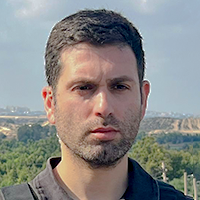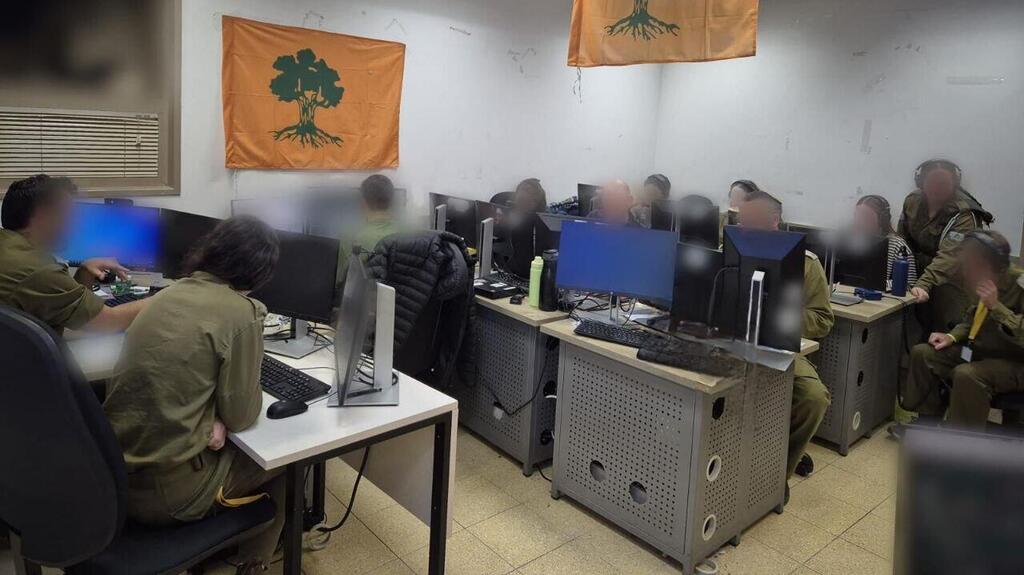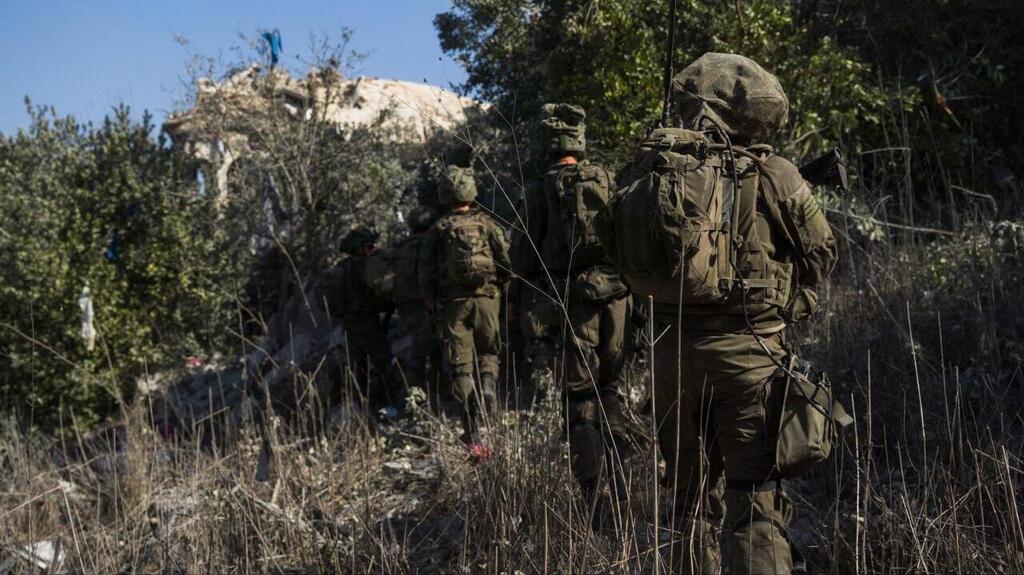Getting your Trinity Audio player ready...
The IDF’s fighting in southern Lebanon highlights one of Hezbollah’s new key strengths, which it developed alongside the Russian military during the war in Syria over the last decade and a half. The IDF is now starting to exploit this strength, turning it into a vulnerability for the Shiite terror army.
As daily clashes with IDF soldiers increase, the IDF’s Military Intelligence Directorate has observed just how disciplined Hezbollah is, maintaining a strict military hierarchy even in areas where only small terror cells remain.
Two and a half weeks into the ground operation, the military identified two main trends in the daily combat patterns of the IDF divisions operating along the border to combat the terror group.
Hezbollah hasn’t launched significant company or platoon-level attacks against Israeli forces. Instead, it operates with small cells remaining in the frontline villages where the IDF is present, alongside anti-tank, rocket and mortar fire.
Hundreds of Hezbollah operatives near the border are doing so under a structured operational pattern. They haven’t yet resorted to independent guerrilla warfare, as Hamas did in Gaza when the ground maneuver against it was bolstered. This means Hezbollah has, in some ways, given up on its frontline villages as launch points for a possible invasion of Israel.
It keeps most of its tactical manpower – tens of thousands of armed operatives – in areas safe from a ground invasion in southern and central Lebanon, following the heavy blows delivered by the IDF during the opening strikes of Operation Northern Arrows. By doing so, Hezbollah is acting similarly to Hamas by conserving forces and capabilities for a protracted war, with a limited scale and varying pace.
Former IDF Chief of Staff Aviv Kochavi described the evolution of Hamas and Hezbollah from terrorist organizations to "terror armies," with battalions, brigades, special units, operational headquarters and force-building.
Now, the signs of this evolution are clear: The IDF has observed that even small terror cells, composed of three to six armed operatives remaining in the border area, operate under a command hierarchy, even after most of the local company and battalion commanders have been eliminated.
“When they become completely disconnected, we'll see phenomena similar to the one in Gaza, where cells organize on their own and independently carry out attacks against IDF forces," military sources said. "It’s harder to operate against that, both from an intelligence and operational standpoint. For now, the fact they're still functioning like a military is beneficial for us."
Now, a new IDF operational intelligence tool is being used for the first time in Lebanon – FIU (Field Intelligence Units), which focuses on real-time, hourly intelligence tracking, targeting terror cells and organizations to support the forces on the ground.
The intelligence officers and soldiers in these FIUs, most of them reservists, are stationed at a home front IDF Military Intelligence Directorate base but maintain an open line with battalion commanders, brigade commanders and their intelligence officers fighting on the Lebanese front.
Each FIU unit, such as the one assigned to the Golani Brigade currently operating in Lebanon, has representatives from all areas of military intelligence: signals intelligence and eavesdropping, visual intelligence, human intelligence and other sources.
Troops operating in southern Lebanon
(Video: IDF Spokesperson's Unit)
They receive round-the-clock information from thousands of IDF sensors covering the village where the Golani Brigade is active. They rapidly process this information using advanced technologies and intelligence analysts, quickly generating alerts for the troops on the ground.
According to the Military Intelligence Directorate, these real-time operational and intelligence mechanisms streaming from FIUs to the soldiers have led to the daily elimination of dozens of Hezbollah operatives, mainly airstrikes.
“We can now identify an ambush against an IDF force in southern Lebanon, which includes an anti-tank cell preparing to fire from 5 km away, followed by a barrage of rockets being set up 12 km away and possibly even an explosive they’ll try to detonate remotely,” military sources explained.
“The FIU teams immediately report this to the force on the ground, allowing the troops to prepare, protect themselves and counterattack the threat. These events have been happening daily in southern Lebanon over the past two weeks,” they added.
Get the Ynetnews app on your smartphone:








